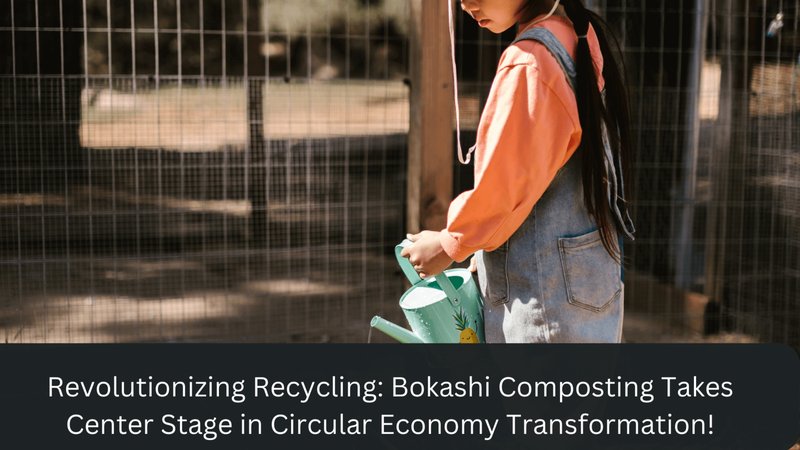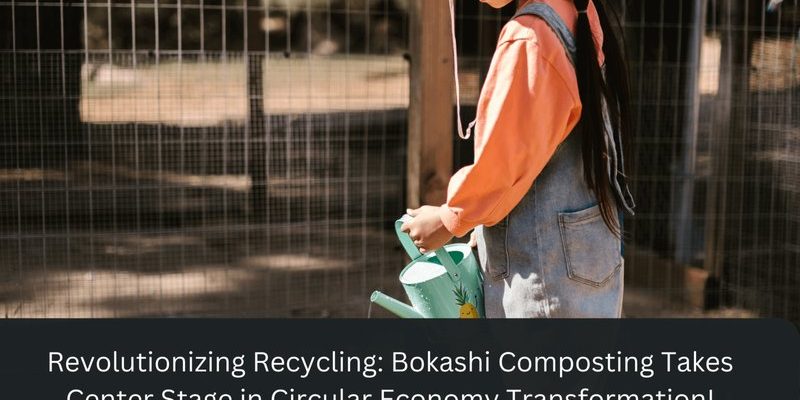
Let’s be honest: hammerhead worms don’t just look strange; they can impact your compost’s health. These invasive worms can outcompete native earthworms, which are essential for a thriving compost pile. So, if you’re new to composting and want to keep your soil’s ecosystem balanced, it’s important to learn how to compost without encouraging hammerhead worms. Today, we’ll explore tips and tricks to create a successful compost pile while keeping those pesky worms at bay.
Understanding Hammerhead Worms
Hammerhead worms, also known as Bipalium kewense, are named for their distinctive flat, hammer-shaped heads. Native to Southeast Asia, these worms have made their way to various parts of the world, including the United States, thanks to the global trade of potted plants. Unlike the friendly earthworms we often see in gardens, hammerhead worms are predatory. They feast on other worms and can disrupt the delicate balance of soil life.
You might be wondering how they got into your compost. They love moist environments and can hitch a ride on plants or soil. It’s essential to recognize that once they settle in your compost, they can reproduce quickly. So, understanding their behavior can help you make informed choices about what goes into your compost pile.
The Importance of a Healthy Compost Environment
When creating a compost pile, it’s critical to ensure the environment is healthy not just for plants but also for beneficial organisms like earthworms. Healthy compost typically has a balanced mix of green materials (like fruit scraps and grass clippings) and brown materials (like leaves and cardboard). This balance ensures that your compost remains aerated, moist, and, importantly, less appealing to hammerhead worms.
Here’s the thing: if your compost pile is too wet, it creates a breeding ground for unwanted pests, including hammerhead worms. Maintaining the right moisture level is key. Aim for a mix where your compost feels like a damp sponge—moist but not dripping. This will encourage the right kind of organisms to thrive while keeping the unwanted ones at bay.
Choosing the Right Materials for Your Compost
Selecting materials for composting is crucial in keeping hammerhead worms away. First and foremost, avoid including invasive species or any plant material that might harbor these worms. For instance, if you’ve noticed hammerhead worms in your garden, be cautious when adding soil or plant debris from that area to your compost.
Instead, focus on composting materials that are less likely to attract unwanted guests. Consider using:
- Fruits and vegetable scraps (make sure they’re free of pests)
- Grass clippings
- Dry leaves
- Shredded cardboard or paper
Each of these items adds valuable nutrients without creating a welcome mat for hammerhead worms. By carefully choosing what goes into your compost, you help ensure a thriving environment for the right species.
Maintaining Proper Compost Temperature
Temperature plays a significant role in successful composting and can help deter hammerhead worms. When your compost pile heats up during the decomposition process—often reaching anywhere from 130°F to 160°F—it creates an inhospitable atmosphere for many pests and unwanted species.
To achieve this temperature, turn your compost regularly. This action not only aerates the pile but also helps distribute heat evenly. Turning your compost once a week can boost microbial activity and promote a healthy ecosystem. Plus, the heat generated during the process can also break down pathogens or pests that might be lurking around.
Adding Beneficial Microorganisms
Introducing beneficial microorganisms to your compost can further help in keeping hammerhead worms away. You can add products like compost starters or simply include a scoop of finished compost from a healthy pile. These microorganisms help kickstart the decomposition process and create competition for space and food, making it harder for hammerhead worms to thrive.
Consider using bokashi composting, which ferments organic matter and breaks it down faster. This method also helps speed up microbial activity, creating a robust compost environment. Here’s a fun way to think about it: you’re essentially inviting your microbes to a party and making sure there’s no room for unwelcome guests.
Regular Monitoring and Maintenance
Keeping an eye on your compost pile is essential for success. Check for any signs of hammerhead worms or other unwanted pests regularly. If you spot one, it’s important to remove it immediately. You can do this by simply handpicking unwanted visitors or using traps.
Additionally, keeping your compost covered can help deter pests. A tarp or lid can keep moisture levels in check and discourage hammerhead worms from settling in. It’s like putting a “No Vacancy” sign on your compost; it keeps your pile cozy for beneficial organisms while turning away the not-so-welcome guests.
Final Thoughts
Composting can be a wonderfully rewarding experience, turning kitchen scraps into nutrient-rich soil. However, it’s equally important to keep an eye on what goes into your compost and how you manage it. By understanding the nature of hammerhead worms and taking steps to create an inhospitable environment for them, you can enjoy successful composting without these unwelcome visitors.
In the end, think of composting as a community effort. You’re fostering a lively ecosystem where friendly worms can thrive while keeping the hammerheads at bay. Happy composting!

